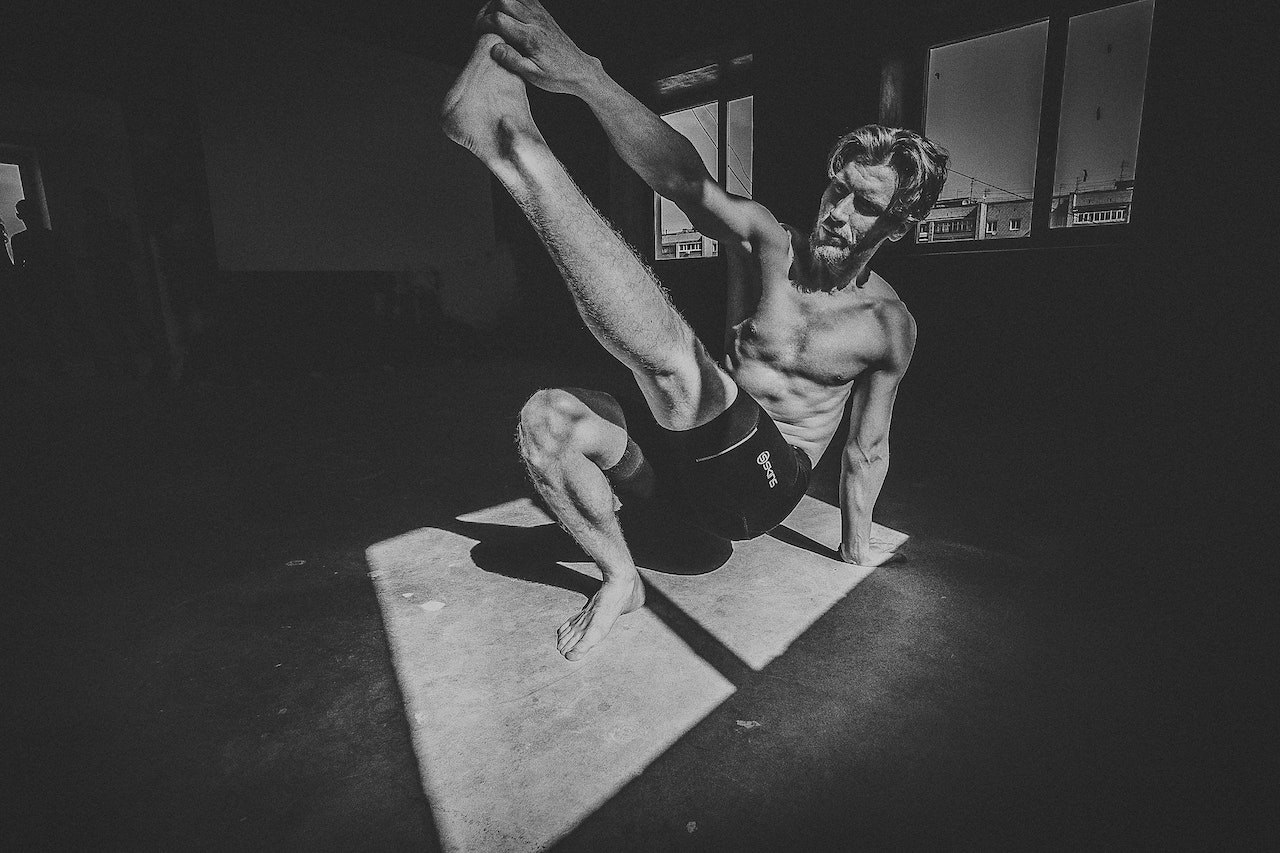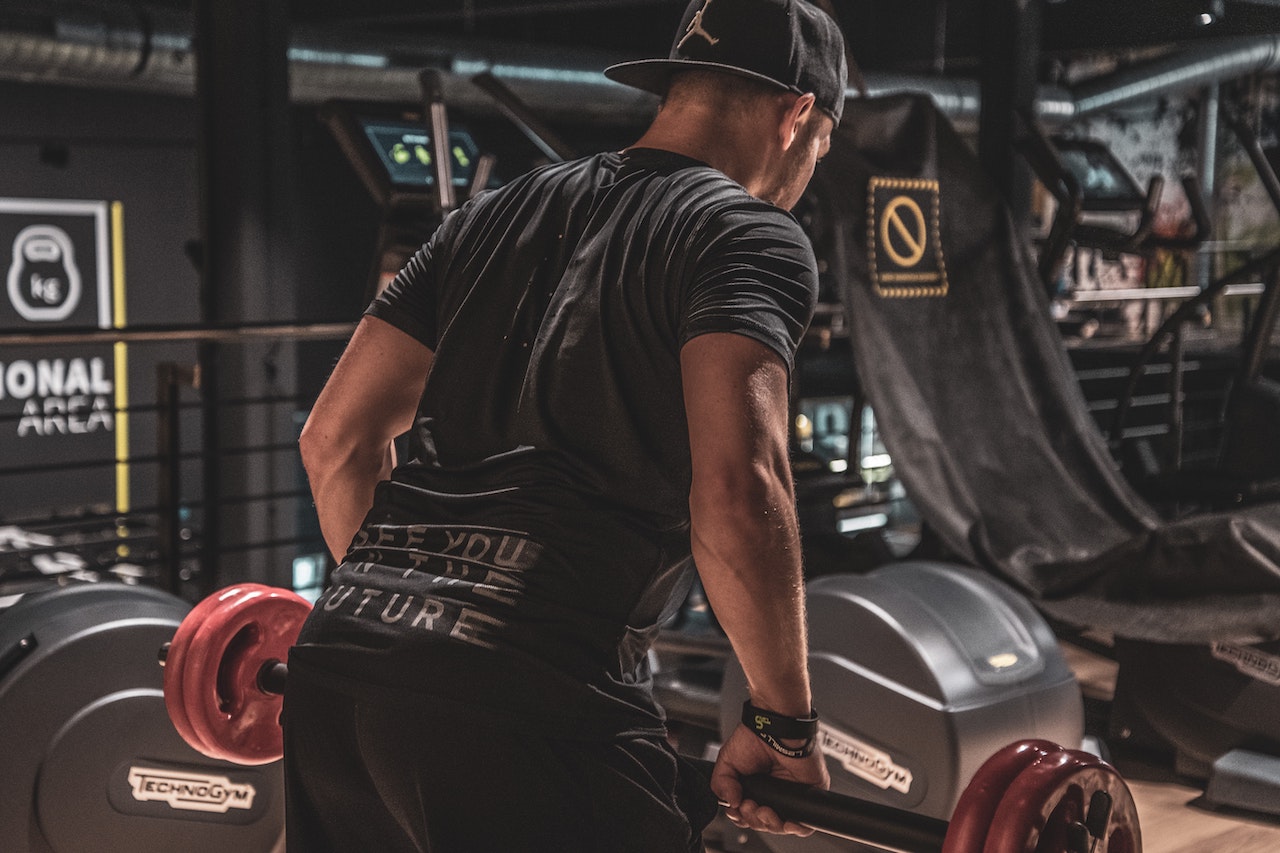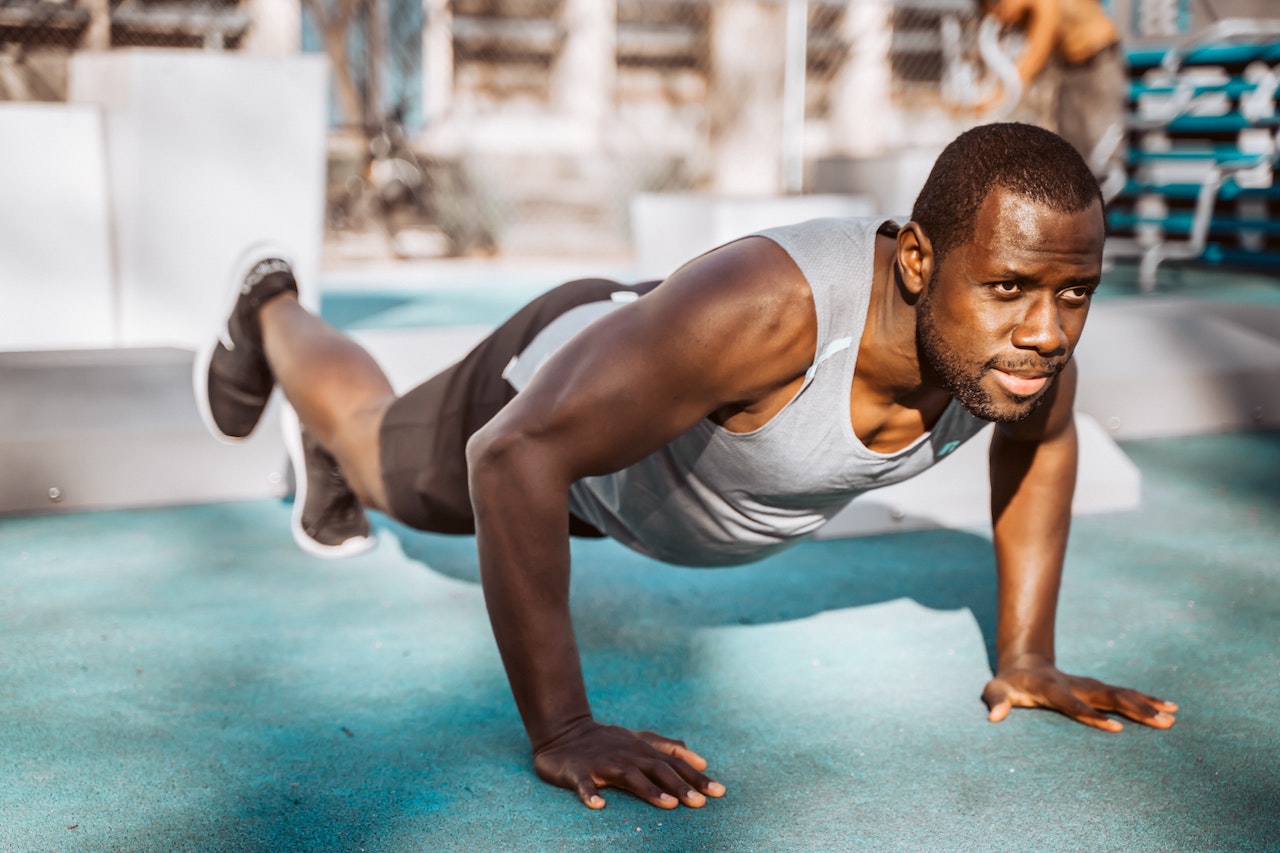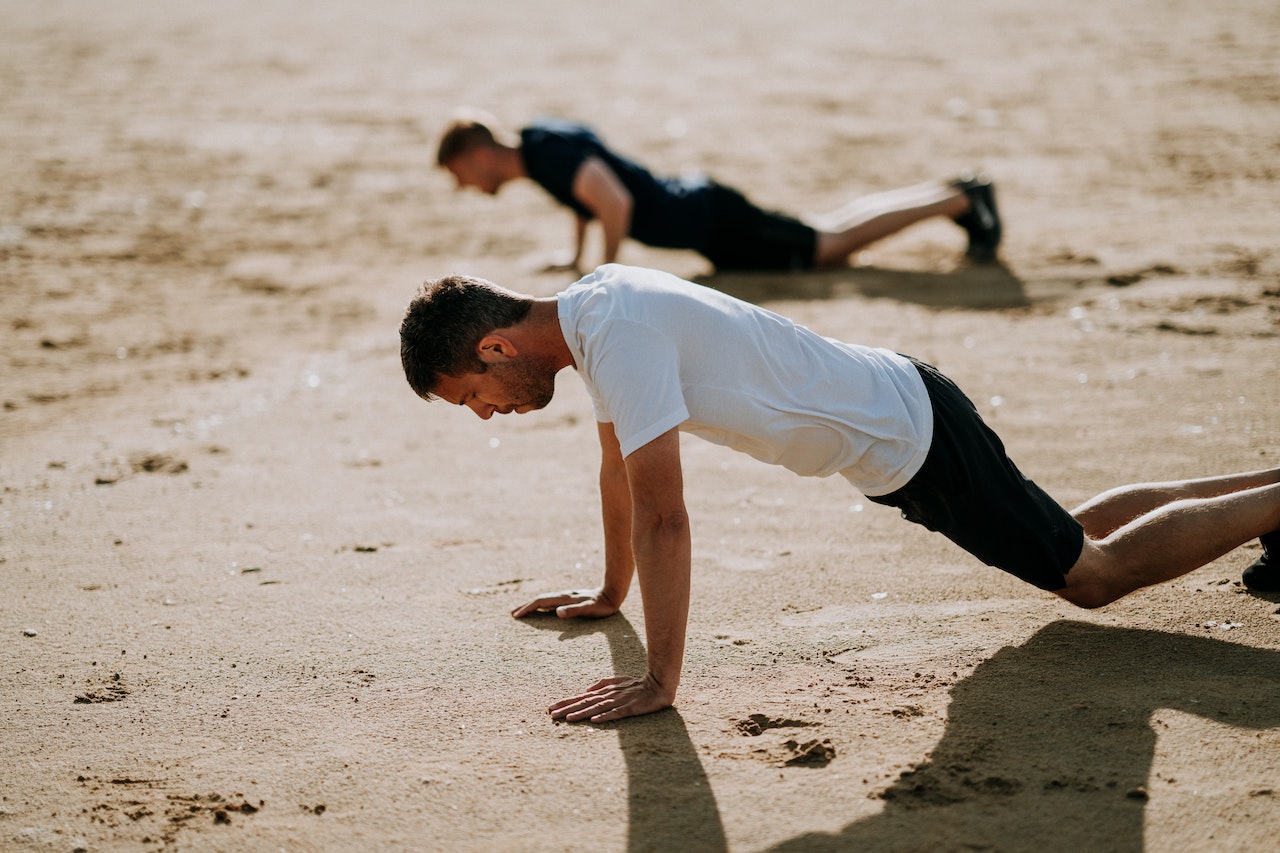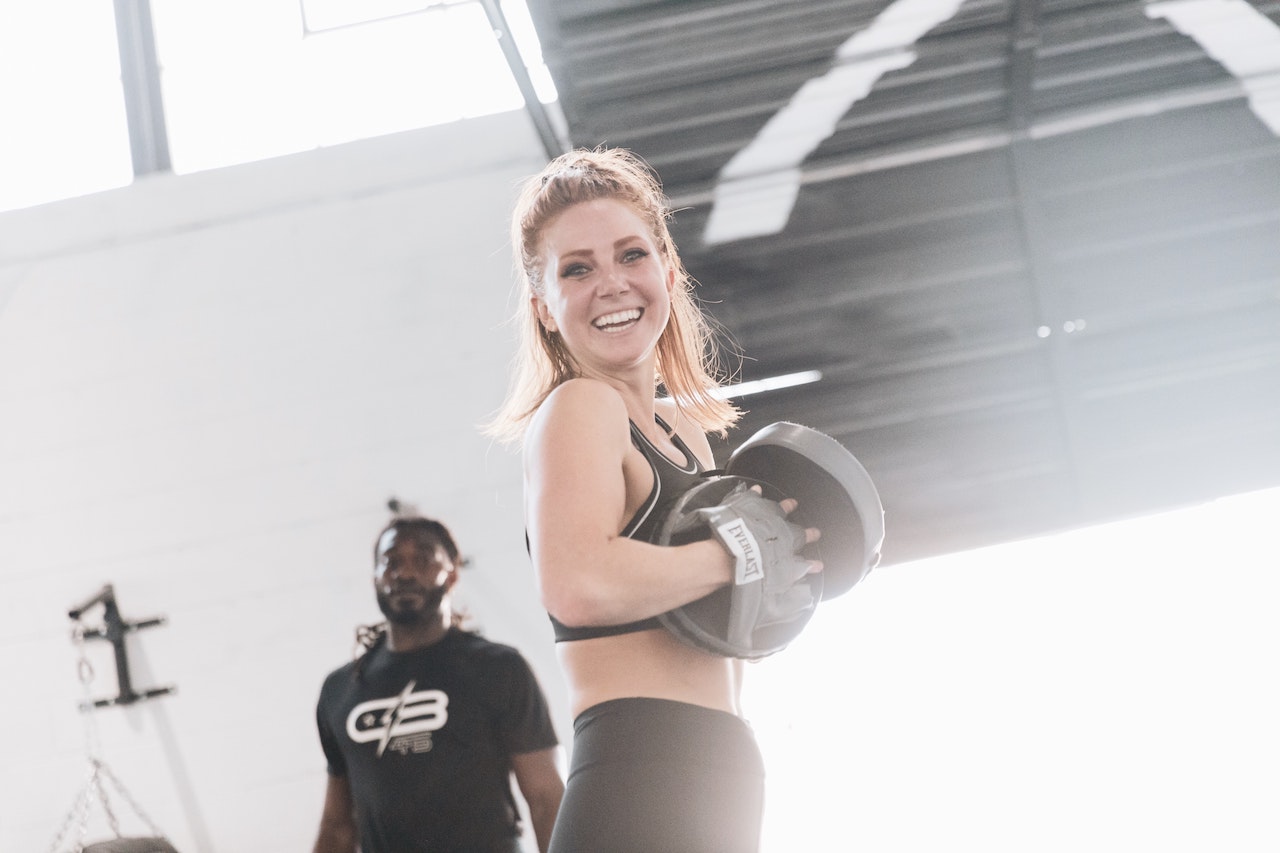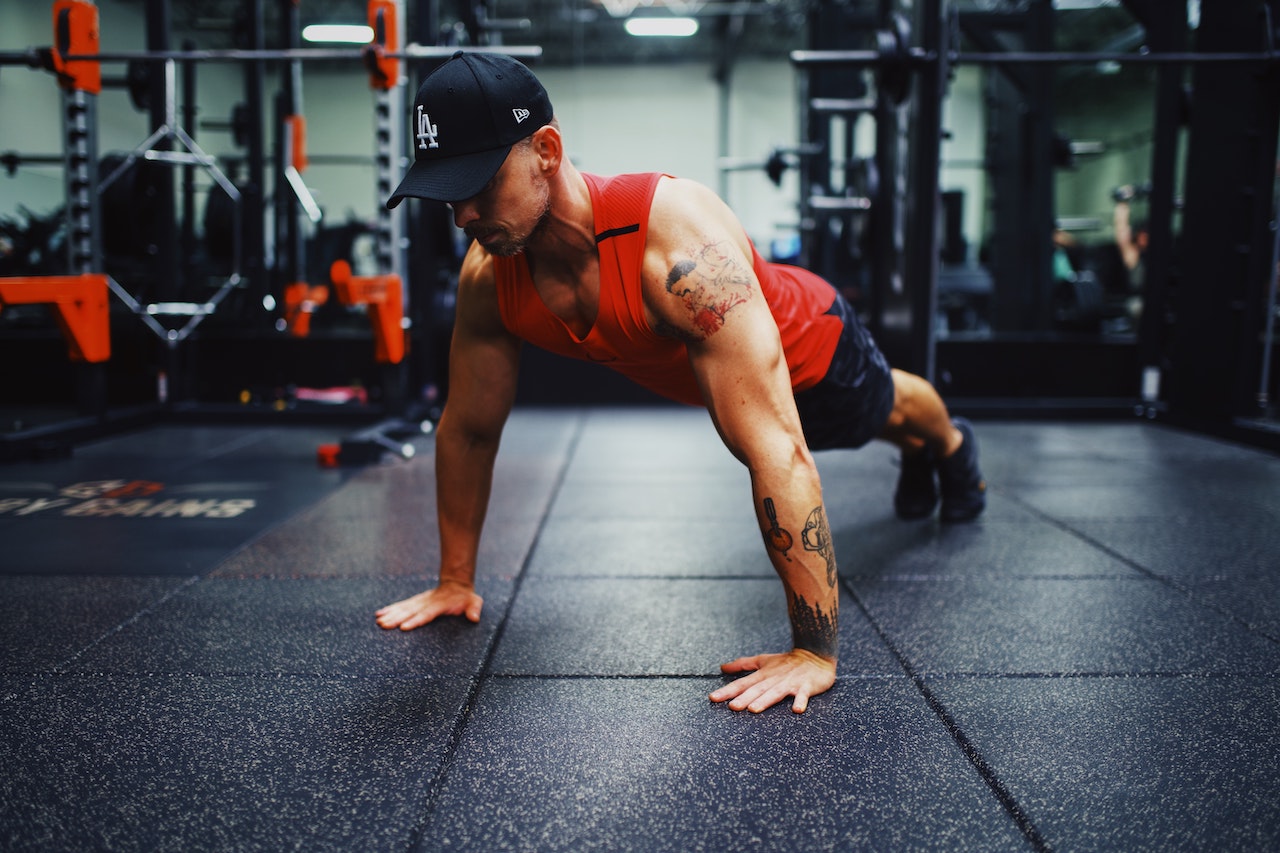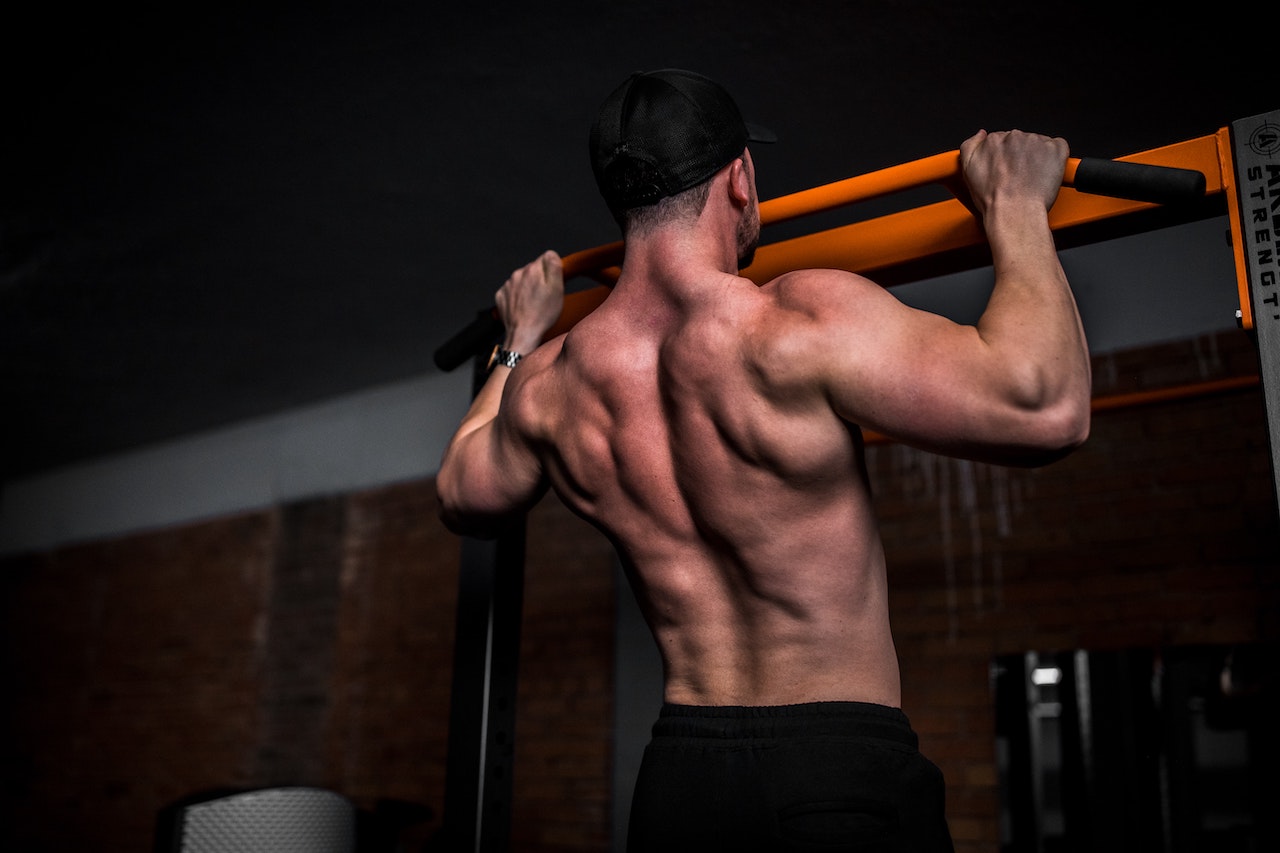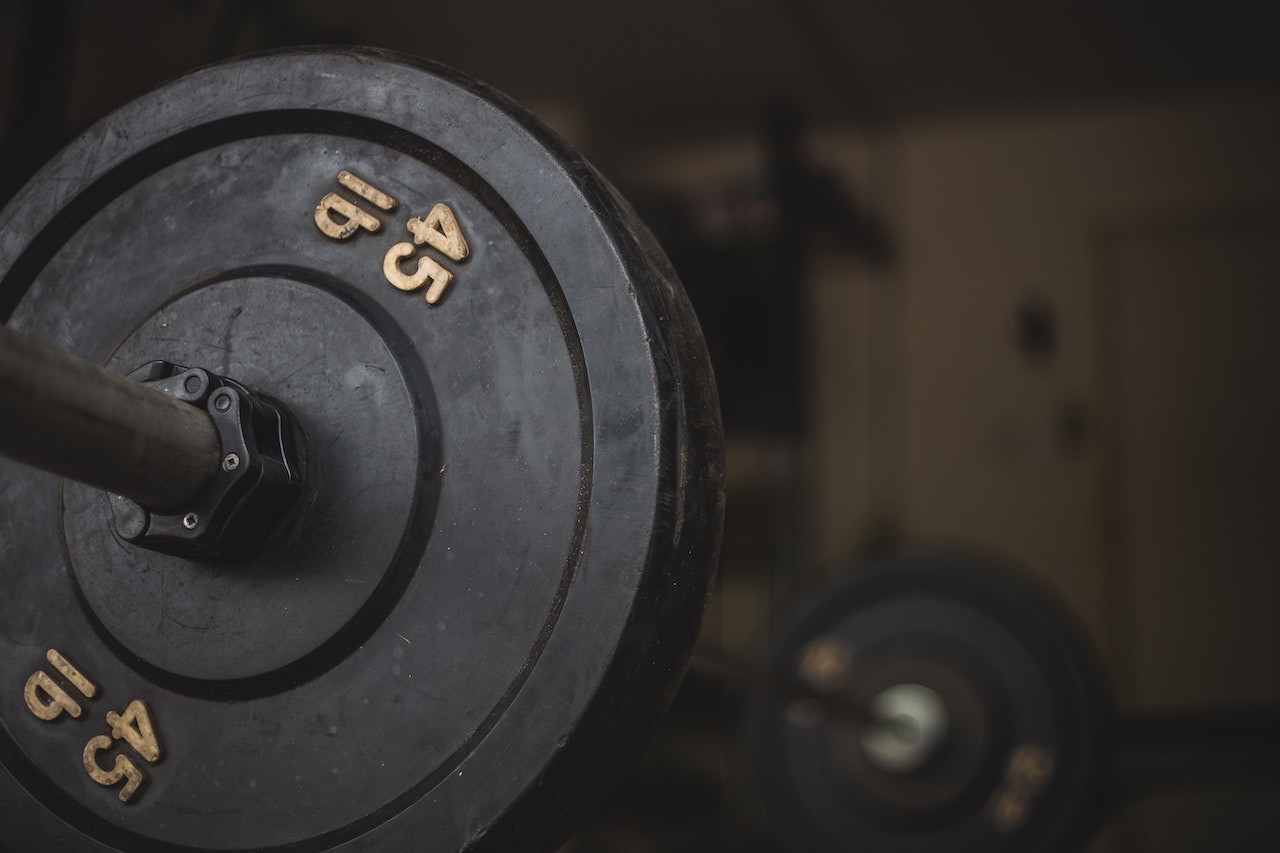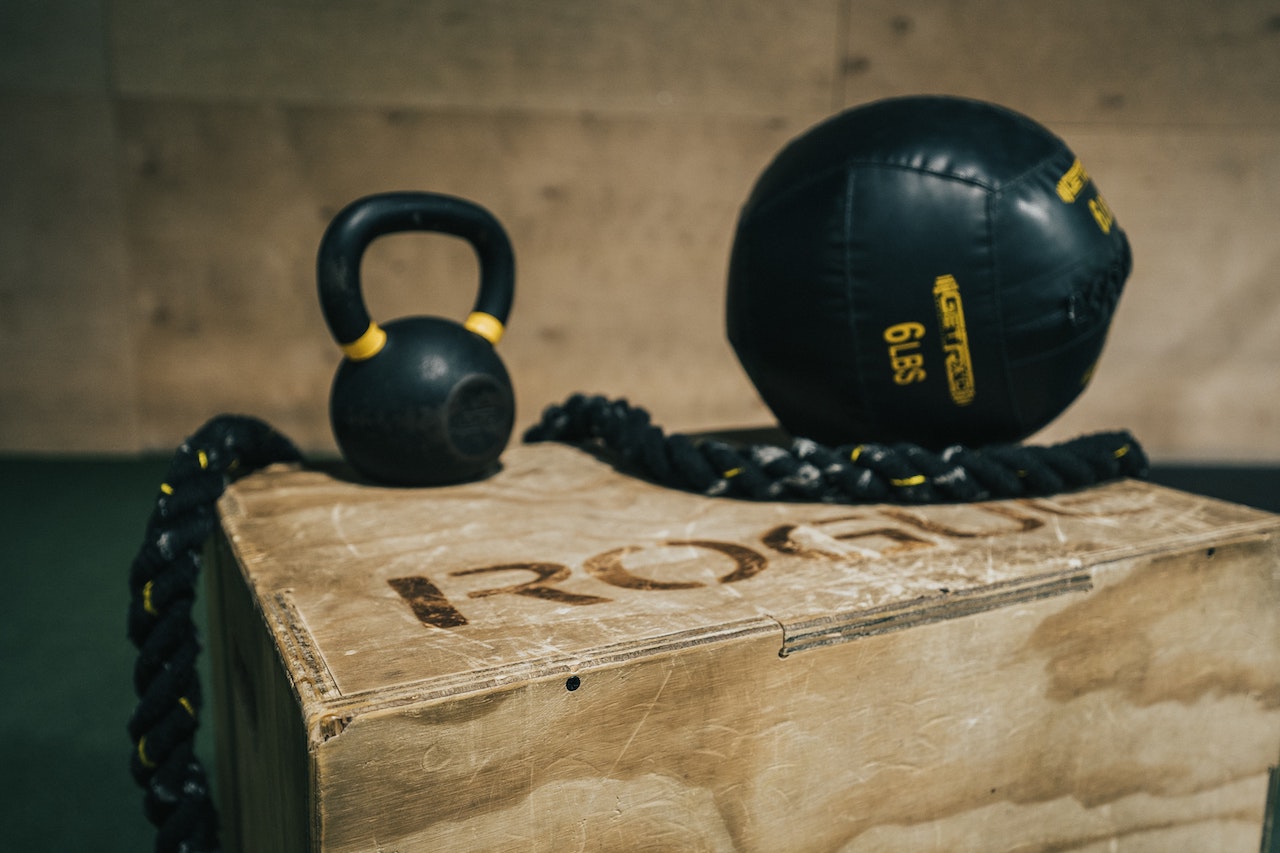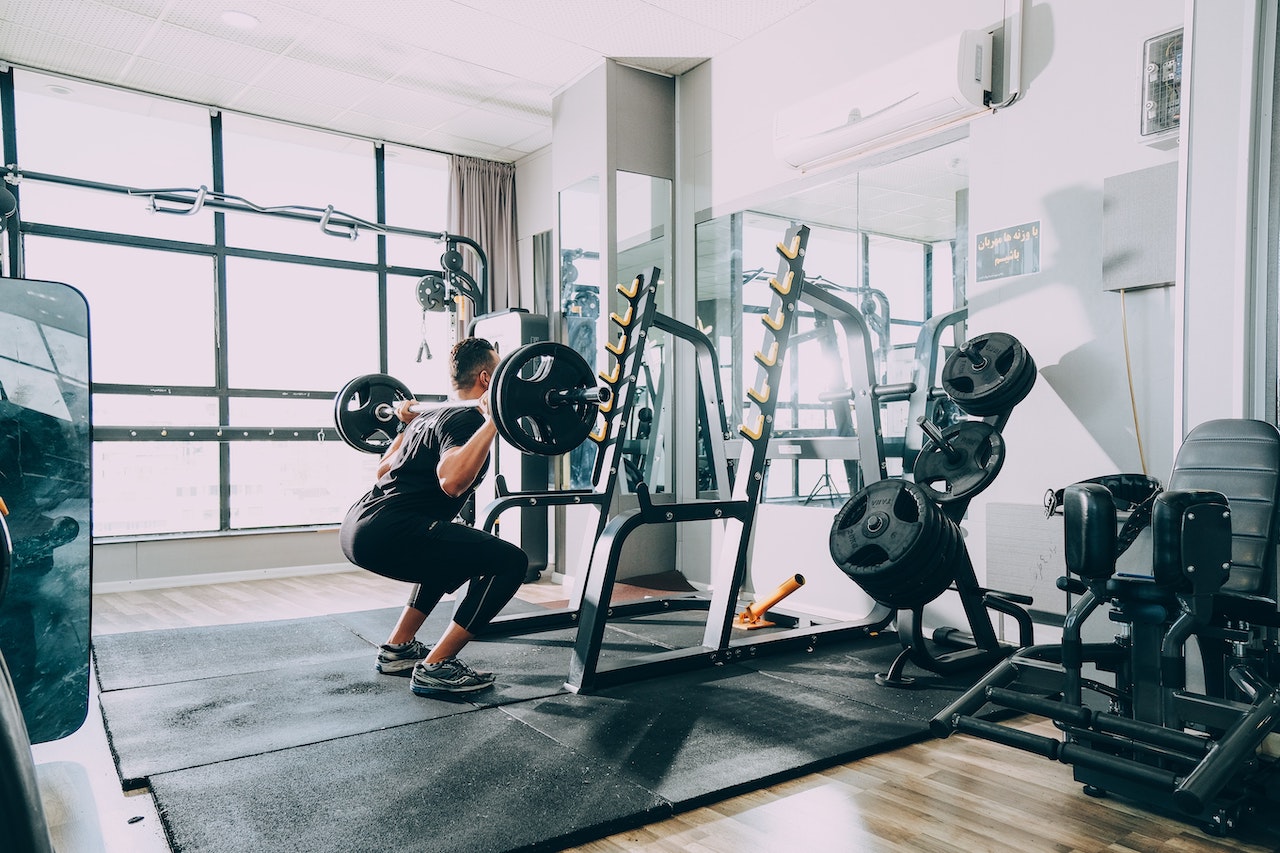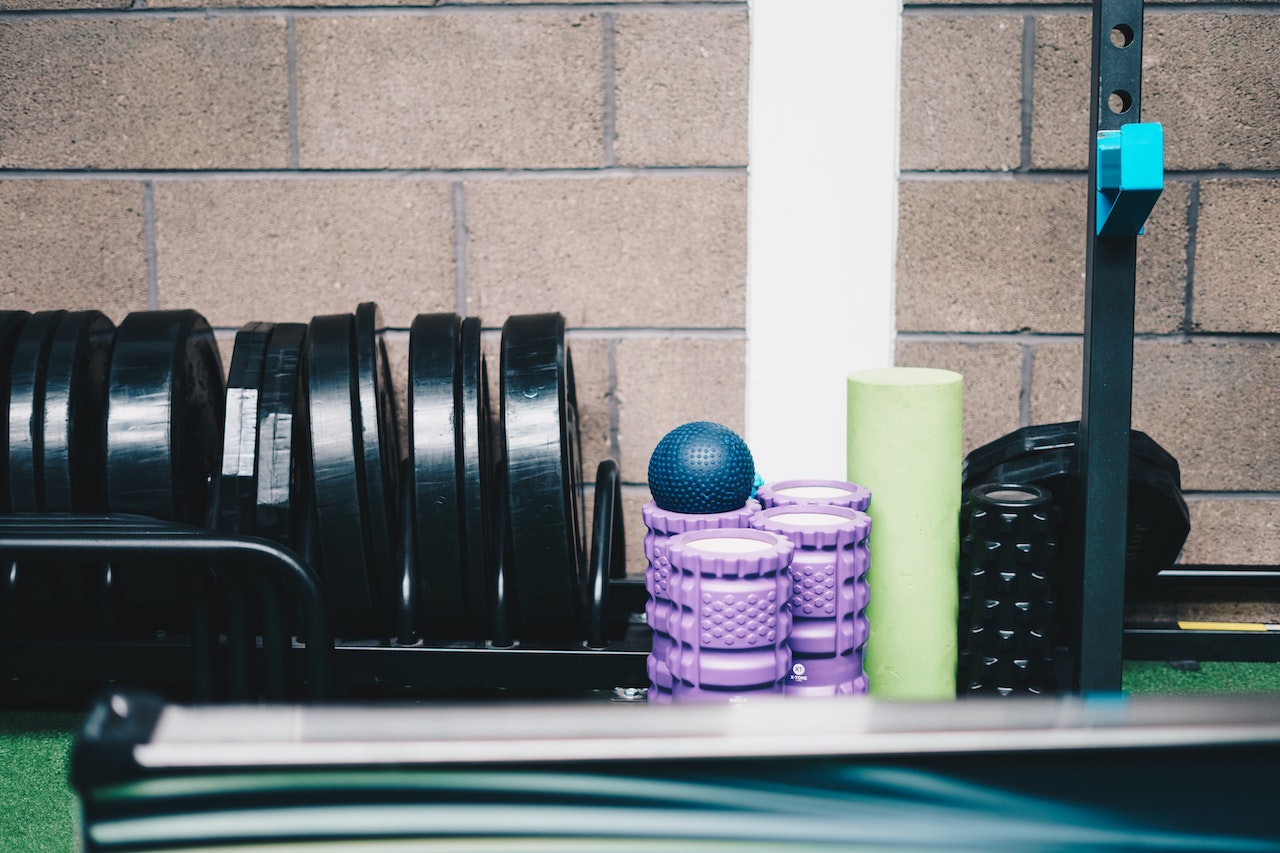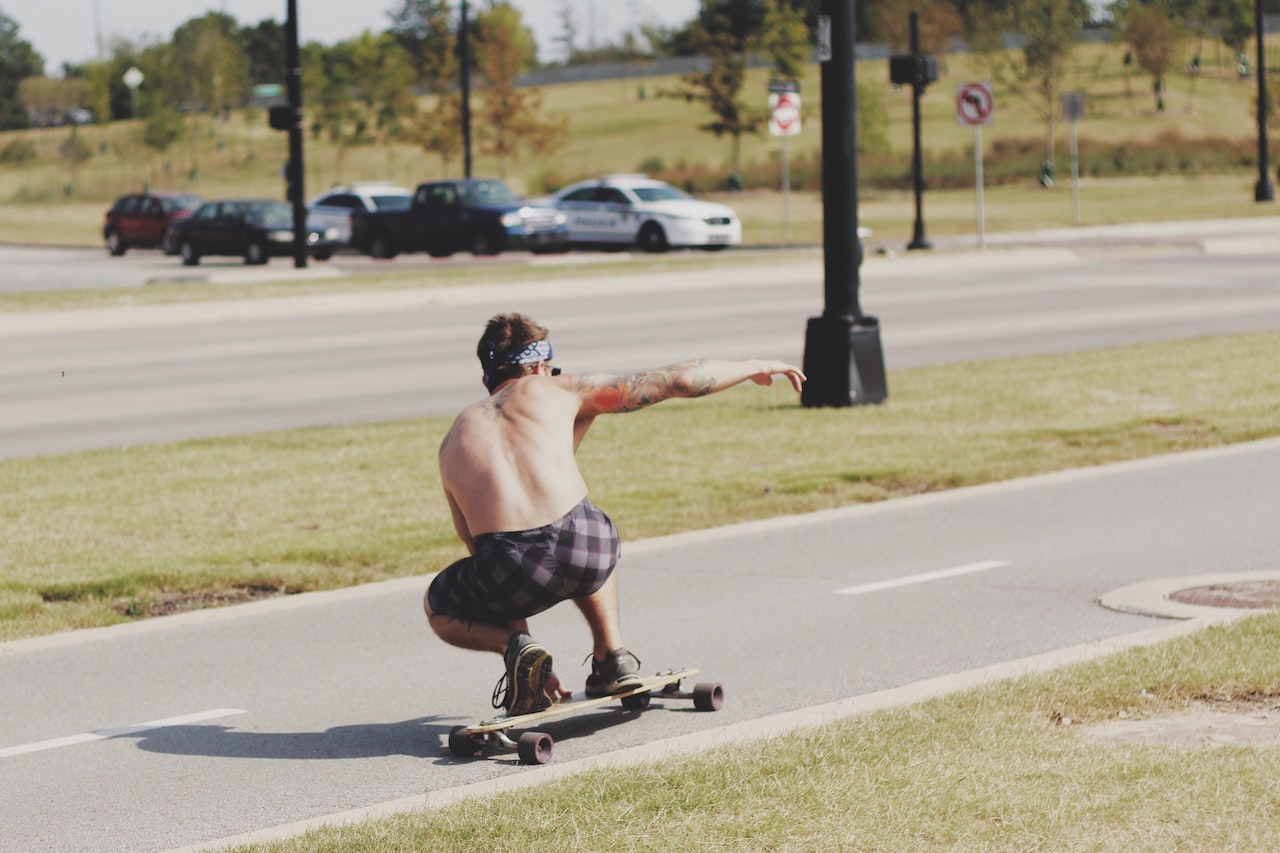why do push-ups and pull-ups keep on being practiced by many people? Because it's easy and effective! Often some of the most clichéd training techniques happen to be the most useful as well. As an example, almost every coach, athlete and weightlifting coach will say, "Always incorporate variety in your training."
There is a reason for these clichés about training for variety. Variety in training is important, and we're not just talking about doing different movements for a particular muscle; even with the same movements, small variations can work the muscle from different angles, thus stimulating new growth in girth and strength.
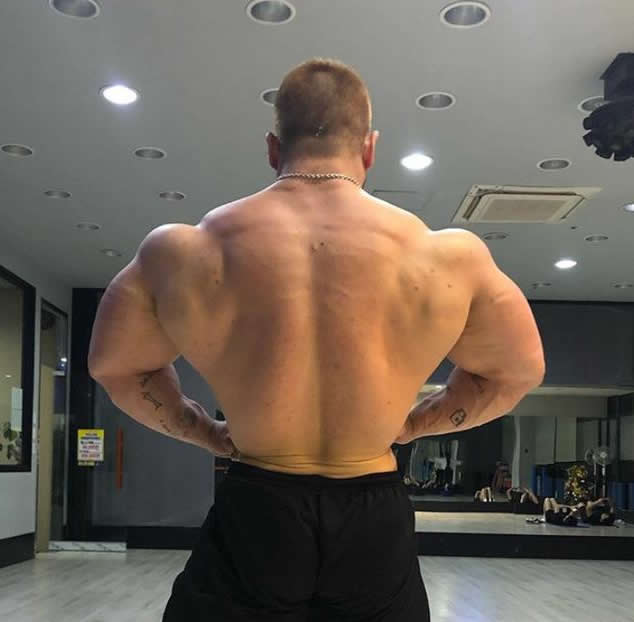
Now, let's look at the latissimus dorsi pull-down, a very basic back exercise, but one that has many details worth incorporating into your training routine. In the following presentation you will find six variations of the latissimus dorsi pull-down with an accompanying back training flow.

guide to the latissimus dorsi pull-down
keeping the chest up: The back muscles contract as the shoulders retract (pull backwards). Keeping the chest outward during the movement (in both the up and down phases) is a good cue for the effectiveness of the movement.
Squeeze the shoulder blades: At the bottom of each movement, squeeze the shoulder blades together while pulling them downwards. This is how the back muscles are fully contracted. Hold each movement for at least one second of peak contraction time.
Connecting the latissimus dorsi: The back is a difficult muscle group to stimulate completely; whether you realise it or not, the biceps will often dominate the pulling movement. A common consequence of this is that back training can hardly work the back in isolation. This is why whenever you work the latissimus dorsi, it is essential to establish a strong cardio-muscular connection with it. You have to train with full concentration and focus on these target muscles during each set.
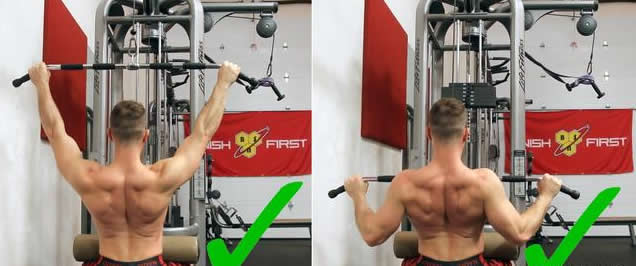
1. Standing latissimus dorsi pull-down
movement variations.
As you pull down in a standing position, you change the movement from a strict, fixed-in-seat pull-down to one that requires more core engagement. In addition, as you row, tilting your torso back can be more conducive to pulling down both horizontally and vertically. You won't be able to do as heavy a pull-down as a seated pull-down, but the standing pull-down is great for mixing it up occasionally to get a unique pull-down angle.
Movement practice.
Stand in front of the pull-down machine with a wide grip and a forehand grip on the bar, one foot on the edge of the seat and your body tilted back about 30 degrees with the other foot firmly planted on the floor. Keeping the torso in a fixed position, contract the back muscles and pull the bar to the mid to lower chest. Squeeze the back muscles while contracting, then slowly reverse the movement to return to the arm extension position.
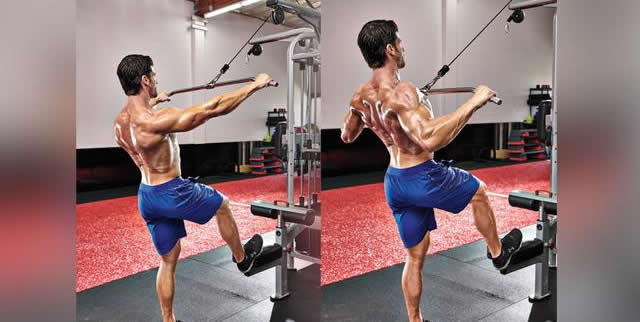
2、hammer apparatus reverse grip latissimus dorsi pull down
movement variations.
The lower latissimus dorsi (a common area of weakness) is the main target for training as you change from a forward grip to a reverse grip with a narrower grip. This can be done with standard rope pull-down equipment, but the hammer pull-down version offers a smooth, stationary movement path with the feel of free weight training.
Movement practice.
Sit on a seat and securely fasten the mat to the top of the quadriceps. Raise your hands and hold the handles of the machine with a reverse hand grip, then lean your body back slightly. Contracting the back muscles while squeezing the shoulder blades, pull down both handles until they almost touch the lower middle of the chest. Slowly return to the position you were in when your arms were extended.
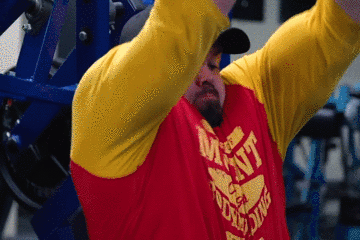
3. Hanging latissimus dorsi pull-down
movement variations.
The pull down is basically the same movement, but it is a true self weighting movement. If you find this movement too challenging, you can make it easier, even midway through the movement, by simply moving your feet a little.
Movement practice.
Adjust the sling so that your body starts from a hanging position with your arms fully extended overhead, hips just off the floor, legs extended forward, heels on the floor and toes up. From this position, keeping the hands directly above the hips and holding the sling squarely, contract the latissimus dorsi and pull the body straight upwards towards the ceiling.
During the movement, apply force along your hands so that your head can go up along your elbows. When your hands are just above your shoulders, squeeze your latissimus dorsi and lower your back back to the starting position. To make the movement easier, bend your legs and place your feet flat on the floor.

4. Wide grip latissimus dorsi pull down
movement variations.
The classic wide front grip pull down will target the upper latissimus dorsi. Therefore, this movement will help to build that elusive v-taper.
Movement practice.
Hold the bar in a positive grip with a grip wider than shoulder width. Sit on a seat with your knees fixed under the mat, arms extended upwards and torso erect. Using the elbows as a guide, pull the bar down by contracting the back muscles until it touches the upper chest, then slowly return the bar to the starting position.
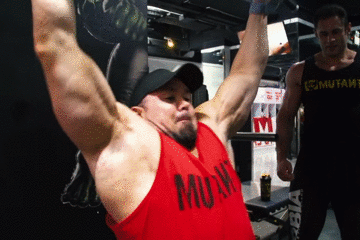
5、one-arm latissimus dorsi pull-down
movement variations.
This movement differs from the others in that it is performed unilaterally, promoting balanced development of bilateral muscles; if one side is lagging behind the other, performing regular pull-downs on this arm will allow the muscles on the weaker side to grow and catch up with the other side.
Movement practice.
Attach a d-handle to the pull-down machine. While sitting on the machine, grasp the handles with one hand, torso upright and palms facing the midline of the body (neutral). Place the non-working hand on the knee pad. With a firm grip on the elbow, pull the handle straight down until the arm is pulled up to the chest. Slowly extend the arm back to the starting position. Repeat as many times as required, then switch arms.
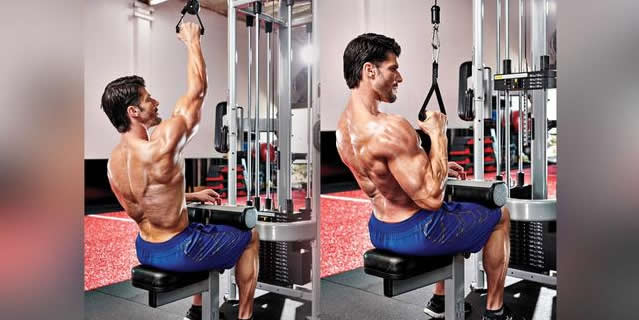
6. Straight arm pull down
movement variations.
One of the few single-joint back movements, the straight arm pull-down isolates the latissimus dorsi by removing almost all biceps involvement. This movement is targeted in the same way that the reverse grip straight arm pull-down targets the lower latissimus dorsi.
Exercise.
Stand facing the pulley machine and attach the straight bar to the high pulley. Grasp the barbell with a shoulder-width grip and take two or three steps back so that the weight does not rest on the pulley weight stack. Begin the movement with arms extended, elbows slightly bent, barbell at head height and waist slightly bent. Keeping the arms extended and the back muscles contracted, pull the barbell towards your body until it touches your thighs. Hold the contraction for a second, then slowly lower the bar back to the starting position.

choose a variety of exercises to stimulate your muscles more. A single exercise tends to cause your muscles to hit a bottleneck in training. Switch up the movements to give your muscles fresh stimulation and grow faster!

